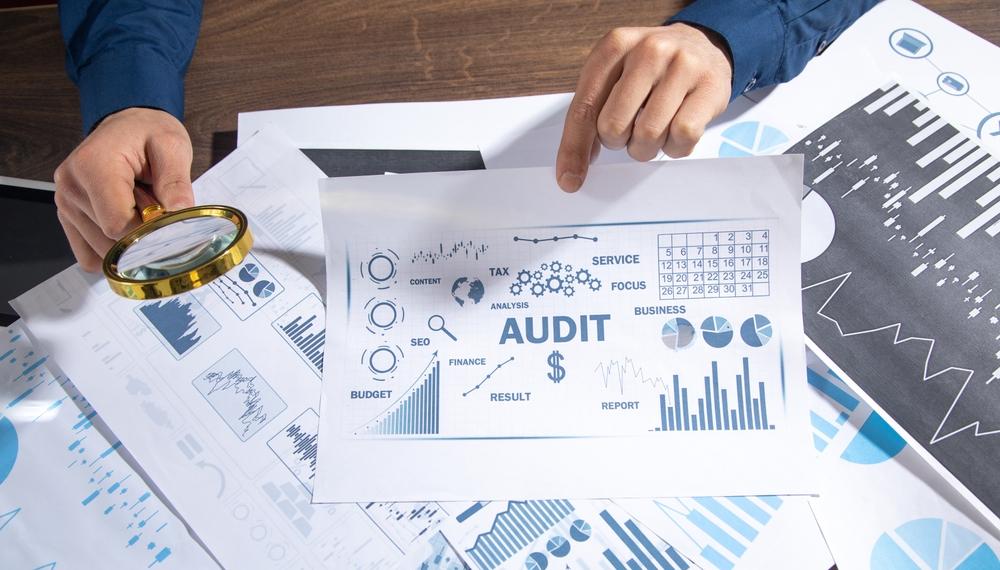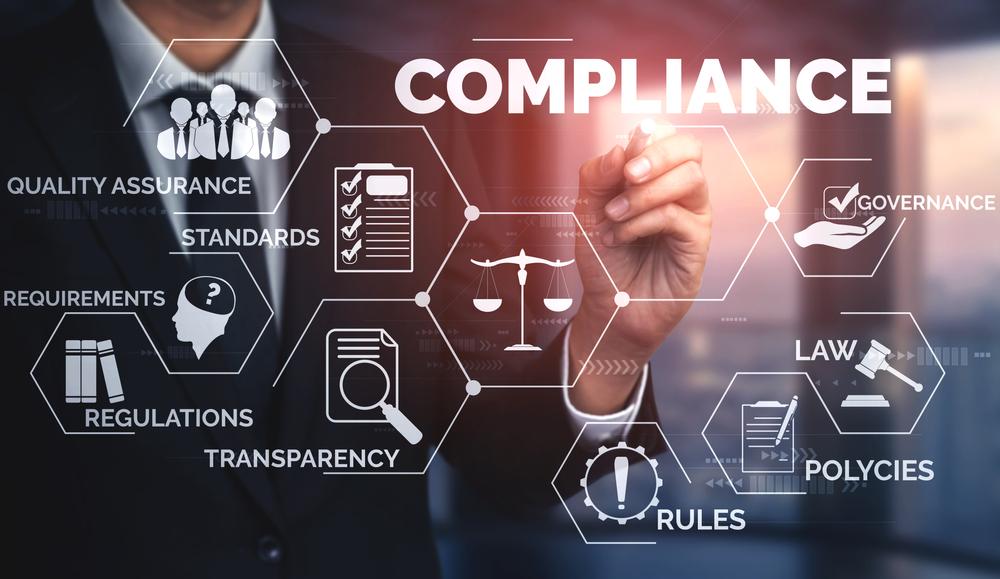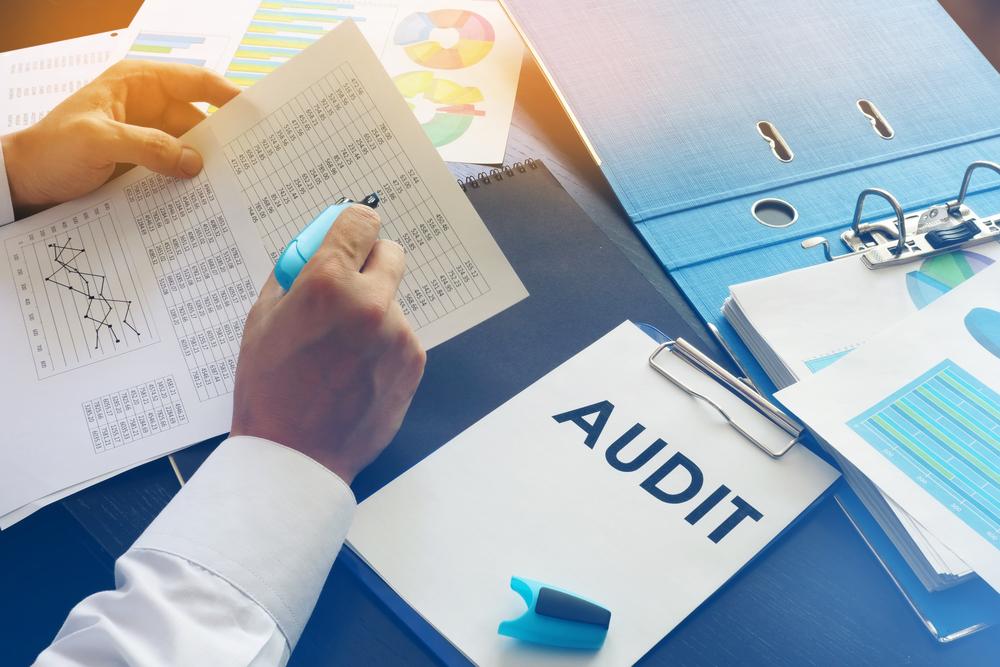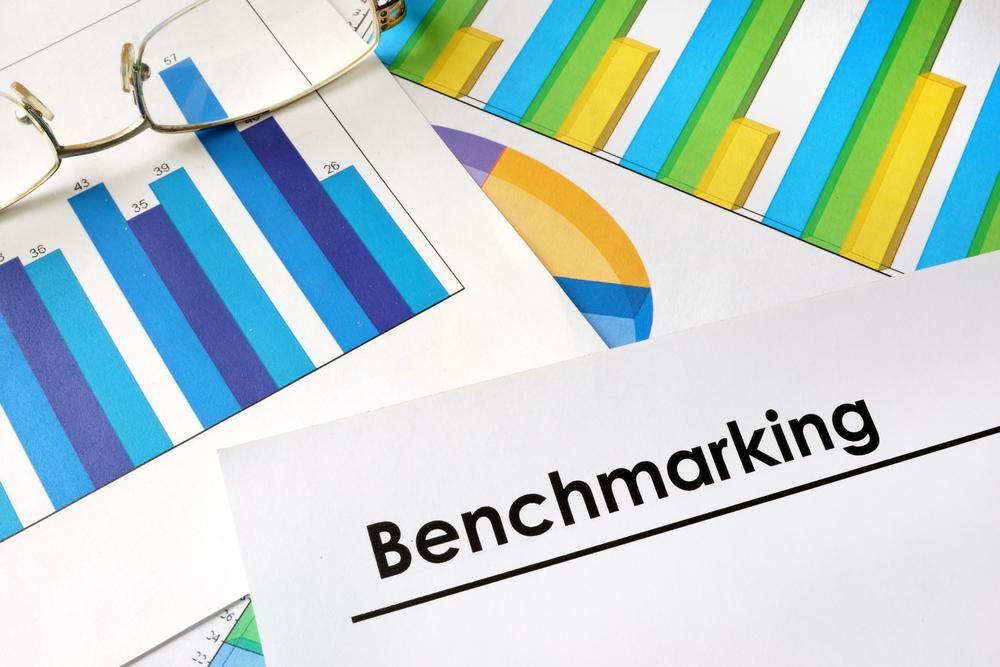Introduction
In the bustling city of San Francisco, energy efficiency and sustainability have become paramount concerns. To address these issues, the city has implemented stringent energy audit standards. Compliance with these standards not only promotes environmental responsibility but also helps businesses and residents reduce energy consumption and realize significant cost savings. In this article, we will delve into the intricacies of San Francisco energy audit standards, providing valuable insights and practical tips to help you achieve compliance.
Understanding San Francisco Energy Audit Standards
San Francisco’s energy audit standards are rooted in the city’s dedication to sustainability and the reduction of greenhouse gas emissions. These standards serve as a framework to guide building owners, managers, and residents towards greater energy efficiency. By adhering to these standards, individuals and organizations can play a significant role in mitigating climate change and creating a greener future for San Francisco.
One of the fundamental components of San Francisco’s energy audit standards is benchmarking energy usage. Benchmarking involves measuring a building’s energy consumption and comparing it to similar structures in the area. This process allows building owners to understand their energy performance relative to others and identify areas for improvement. San Francisco requires benchmarking for both commercial and residential buildings, ensuring that energy efficiency is a priority across all sectors.
In addition to benchmarking, San Francisco mandates the conduction of energy audits. Energy audits involve a comprehensive evaluation of a building’s energy usage, systems, and operational practices. These audits are typically conducted by qualified energy auditors who assess various aspects, including lighting systems, HVAC (heating, ventilation, and air conditioning) systems, insulation, and renewable energy options. By conducting thorough energy audits, stakeholders can identify inefficiencies, pinpoint areas of high energy consumption, and develop tailored strategies to reduce energy waste.
Preparing for an Energy Audit
Before scheduling an energy audit, it is beneficial to conduct a self-assessment of your energy usage. This preliminary step allows you to identify potential areas for improvement and gain a better understanding of your building’s energy performance. Start by analyzing your energy bills to determine trends and patterns in consumption. Identify any areas that exhibit unusually high energy usage or inefficiencies.
Next, review the energy audit checklist provided by San Francisco authorities. The checklist covers various aspects of energy consumption, including lighting systems, insulation, HVAC systems, and renewable energy options. Familiarize yourself with each item on the checklist and evaluate your building’s compliance. By addressing these requirements proactively, you will be better prepared for the energy audit and increase your chances of achieving compliance.
Hiring a Qualified Energy Auditor

To ensure accurate and reliable energy audit results, it is crucial to work with a qualified energy auditor. San Francisco has a network of certified energy auditors who possess the necessary expertise to assess your building’s energy performance effectively. When selecting an auditor, consider their experience, qualifications, and certifications. Look for professionals who are knowledgeable about San Francisco’s energy audit standards and have a proven track record in conducting successful audits.
Once you have chosen an energy auditor, they will guide you through the auditing process. This typically involves an on-site visit to inspect various systems, collect data, and analyze energy usage patterns. The auditor will evaluate the building’s compliance with San Francisco’s energy audit standards and identify areas for improvement. Additionally, they may offer recommendations for energy-saving measures tailored to your specific building and needs.
Implementing Energy-Saving Measures
One of the core objectives of San Francisco’s energy audit standards is to encourage the implementation of energy-saving measures. These measures can significantly reduce energy consumption and contribute to a more sustainable future. Some common measures recommended in San Francisco include:
1. Upgrading lighting systems: Replace outdated, energy-intensive lighting fixtures with energy-efficient alternatives such as LED bulbs. This simple yet effective upgrade can lead to substantial energy savings.
2. Improving insulation and weather sealing: Enhance the building’s insulation to minimize heat transfer and improve overall energy efficiency. Properly insulating walls, floors, and roofs, along with sealing air leaks, can significantly reduce heating and cooling costs.
3. Upgrading HVAC systems and controls: Install energy-efficient HVAC systems that utilize advanced technologies to optimize energy usage. Consider implementing programmable thermostats, zone controls, and regular maintenance to ensure peak performance.
4. Installing renewable energy systems: Embrace renewable energy options such as solar panels to generate clean, sustainable electricity. San Francisco offers incentives and support for the adoption of renewable energy systems, making it an attractive option for building owners.
When implementing energy-saving measures, it is essential to consider the associated costs and return on investment. While upfront investments may be required, the long-term energy savings and potential incentives often make these measures financially viable.
Documenting and Reporting Audit Results
Accurate documentation and reporting play a crucial role in achieving compliance with San Francisco’s energy audit standards. It is essential to maintain detailed records of the audit process, including data collection, analysis, and any implemented energy-saving measures. This documentation serves as evidence of compliance and helps demonstrate ongoing commitment to energy efficiency.
Compile all relevant documents, such as energy bills, receipts for energy-saving equipment, and reports from the energy auditor. Organize these records in a systematic manner, making it easy to access and reference them when needed. When submitting the audit results, ensure that all required information is included as per guidelines.
Overcoming Common Compliance Challenges
Achieving compliance with San Francisco energy audit standards can present challenges along the way. Some common obstacles include financial constraints, lack of awareness about available incentives, and difficulty implementing certain energy-saving measures. However, these challenges can be overcome with careful planning and strategic approaches.
To address financial constraints, research available rebates, grants, and financing options provided by San Francisco or other entities. Take advantage of incentives that can help offset the initial costs of implementing energy-saving measures. Additionally, seek guidance from energy auditors, industry experts, and organizations that specialize in energy efficiency to gain insights and support throughout the compliance process.
Maintaining Ongoing Compliance

Compliance with San Francisco energy audit standards is not a one-time event but an ongoing commitment to energy efficiency. To ensure ongoing compliance, consider implementing energy management practices such as regular energy monitoring, staff training, and continuous improvement initiatives. Engage employees and residents to promote energy-conscious behavior, encouraging them to adopt simple habits like turning off lights and unplugging unused electronics.
Periodically reassess your building’s energy performance to identify areas for further improvement. Technology advancements and evolving industry standards may present new opportunities to enhance energy efficiency. Stay informed about updates to San Francisco’s energy audit standards and adapt your practices accordingly.
Conclusion
San Francisco’s energy audit standards provide a framework for achieving energy efficiency, reducing greenhouse gas emissions, and contributing to a sustainable future. By understanding and complying with these standards, businesses and residents can not only meet regulatory requirements but also unlock substantial energy savings. Through self-assessment, hiring qualified auditors, implementing energy-saving measures, and maintaining ongoing compliance, individuals and organizations can play a vital role in San Francisco’s journey towards a greener and more sustainable city. Embrace the opportunity to make a positive impact on the environment and your financial well-being by prioritizing compliance with San Francisco energy audit standards.
If you are looking for an expert Commercial Energy Audit and Benchmark Compliance consultancy, look no further! Contact us at Vertpro.com! We are an award-winning Energy Benchmarking and Audit Consultancy, recognized on Inc. 5000, providing innovative SaaS technology-based solutions for Building Owners & Property Managers to Simplify Energy Compliance with all 50+ Energy Benchmarking & Energy Efficiency Laws Nationwide. From Energy Benchmarking to Energy Audits/RCx Plus and Construction Marketplace, VertPro® has you covered.












 Utilizing solar panels and other renewable energy technologies are becoming increasingly popular to create clean and green energy that can significantly reduce energy bills. In fact, solar systems can generate solar power with no emissions or pollutants, while natural gas is still considered a cleaner alternative to electricity generated by fossil fuels.
Utilizing solar panels and other renewable energy technologies are becoming increasingly popular to create clean and green energy that can significantly reduce energy bills. In fact, solar systems can generate solar power with no emissions or pollutants, while natural gas is still considered a cleaner alternative to electricity generated by fossil fuels.

